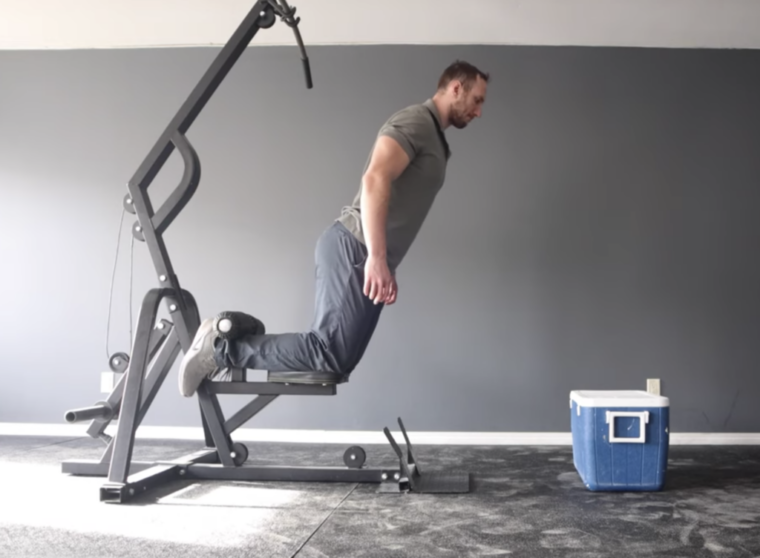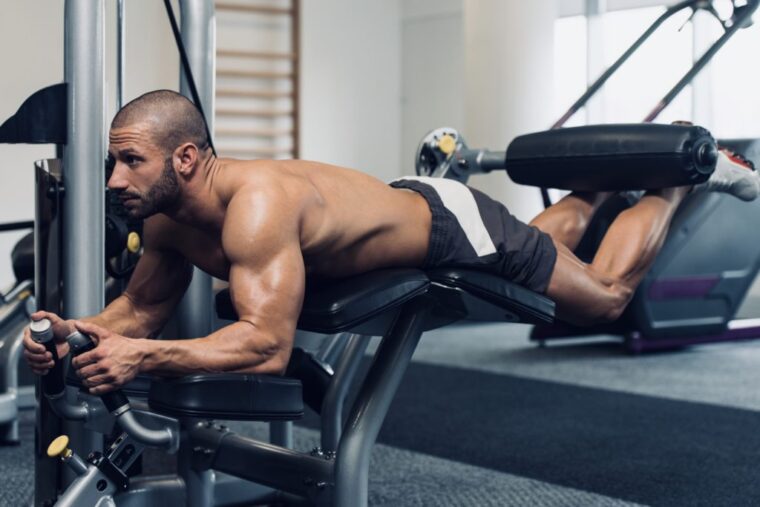When it comes to strengthening the lower body, there is an array of exercise machines available on the market. One such machine that has been gaining popularity in recent years is the Nordic curls machine. Designed to target the hamstrings and glutes, this unique apparatus has sparked a debate among fitness enthusiasts and experts alike regarding its impact on knee health. In this blog post, we delve into the question: Is a Nordic curls machine good for knees? Let’s uncover the truth and explore the benefits and considerations associated with this intriguing piece of equipment.
Understanding the Nordic Curls Machine

The Nordic curls machine, also known as the GHR (Glute Ham Raise) machine, is a specialized piece of equipment designed to isolate and strengthen the hamstrings, glutes, and lower back. It consists of a padded platform and a foot holder. To perform the exercise, the user places their lower legs under the padded platform and hooks their ankles securely in the foot holder. From there, the user slowly lowers their upper body forward while keeping their back straight, engaging the hamstrings to control the movement. Finally, they raise their upper body back to the starting position using the hamstrings and glutes.
Benefits of the Nordic Curls Machine
– Strengthening the posterior chain: The Nordic curls machine primarily targets the hamstrings, glutes, and lower back, which collectively form the posterior chain. Strengthening these muscles can help improve posture, reduce the risk of lower back pain, and enhance overall lower body power and stability.
– Injury prevention: A well-developed posterior chain plays a vital role in maintaining optimal knee health. Strengthening the hamstrings can provide greater stability to the knee joint, reducing the risk of injuries such as ACL (anterior cruciate ligament) tears and patellar tendonitis.
– Enhanced athletic performance: Many athletes, particularly those involved in sports requiring explosive lower body movements like sprinting and jumping, can benefit from a stronger posterior chain. The Nordic curls machine can help increase hamstring and glute strength, leading to improved athletic performance.
Considerations for Knee Health

- Proper form and technique: Like any exercise, using the Nordic curls machine with incorrect form or technique can potentially strain the knee joint. It is crucial to maintain proper alignment, engage the core muscles, and gradually progress the intensity and range of motion to avoid unnecessary stress on the knees.
- Individual limitations and conditions: It is essential to consider individual factors such as existing knee conditions, previous injuries, and overall knee health before incorporating the Nordic curls machine into a workout routine. Consulting with a qualified fitness professional or physical therapist can provide personalized guidance and help determine if this exercise is suitable for your specific needs. Additionally, for individuals recovering from knee injuries, utilizing the Aircast cryo cuff can be beneficial. The Aircast cryo cuff is a specialized cold therapy system that provides targeted cooling and compression to the knee, helping to reduce pain, inflammation, and swelling. Proper usage of the Aircast cryo cuff can aid in the recovery process and promote faster healing of knee injuries. It is important to follow the instructions on how to use Aircast cryo cuff and consult with healthcare professionals for guidance on integrating this therapy into your knee injury recovery plan.
Conclusion
The Nordic curls machine can be a valuable addition to a well-rounded lower body strength training routine. While it primarily targets the hamstrings and glutes, its impact on knee health is a topic of debate and consideration. When used with proper form, technique, and individual considerations, the Nordic curls machine can potentially benefit knee health by strengthening the posterior chain and reducing the risk of injuries. However, it is important to be mindful of any limitations or pre-existing knee conditions. Consulting with a fitness professional or physical therapist is highly recommended to ensure safe and effective incorporation of this exercise into your workout regimen.
